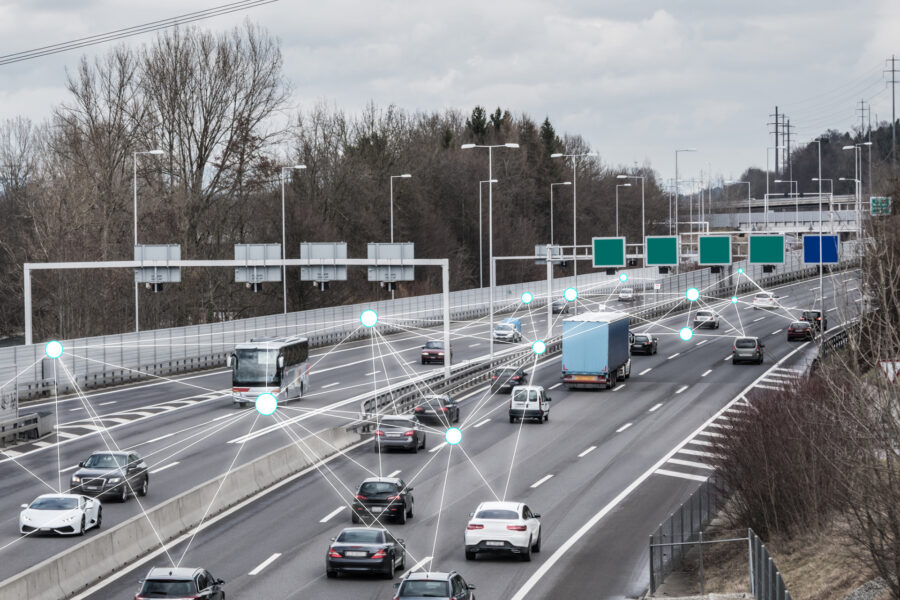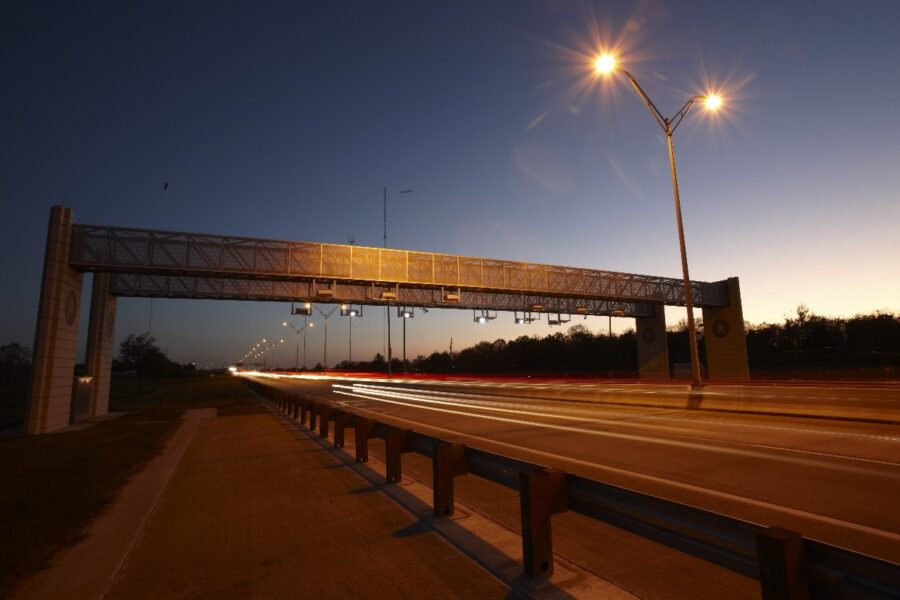Why Autonomous Vehicles Will Provide New Industry Opportunities

We are in an industry surrounded by change. We have seen and heard of the latest in new and emerging technologies that will change the way we know transportation. When, where, and how this change will impact each of us is still to be determined with the biggest debate being the “when.”
At a recent International Bridge, Tunnel and Turnpike Association (IBTTA) Leadership Academy presentation, I heard professor Peter Norton of the University of Virginia state that, “For us to understand and better set our future, we must understand the path that we took to get here.”
In other words, what events, accomplishments, and trends have shaped the world we live in today? One way to learn from the past is to better understand the fact that we have already been through a transportation paradigm that saw similar questions and concerns raised: the transition from horse and buggy to the automobile.
Automobiles Emerge
In the early 1900s, we saw this transition begin with the naysayers questioning the need or the logistics to make it happen. But these naysayers were quickly overcome by accomplishment. From 1900 to 1913, we saw major shifts in transportation modes in large metropolitan cities like New York. In that 13-year period, New York City almost completely converted to automobiles.
This transition didn’t come without trials and tribulations, and to this day, we’re still trying to master the mechanics of the automobile and improve the safety factors around it. But change did occur.
Accompanying this change was the emergence of new markets and opportunities around the automobile. The rubber tire industry began, due to the need for better control and comfort, which may never have been with the carriage. New conveniences, such as gas stations and fast food restaurants appeared along roadsides to accommodate this new form of transportation. And the need for design and construction professionals to provide better roads and facilities to move traffic within cities and across the country.
So, while we hear the concerns for the loss of some industries with the emergence of autonomous vehicles, we can be assured there will be the emergence of new ones.
Autonomous Vehicle Safety & Implementation
As we move forward with implementing autonomous vehicles into our transportation system, we can expect improved safety along our roadways. Despite some of the recent setbacks around safety with autonomous vehicles, we can expect improvements over the 37,000 traffic fatalities we had in 2016, which included deaths of pedestrians and bicyclists impacted by vehicles. Along with the continuous improvement of technology, the emergence of more connected vehicles, connected infrastructure, and connected devices will provide redundancy in safety warnings and projections, which will all lead to safer roadways in the future.
Thinking about “when” it will happen, imagine the aspects of how much money is projected in each of the key emerging technology sectors we have seen:
- Smart cities – $400 billion by 2020
- Connected vehicles – $57 billion by 2020
- Delivery services – $31 billion by 2021
- Autonomous vehicles – $80 billion by 2030
These numbers alone identify both the importance and the quickness that these technologies will be deployed.
Technological Improvements
A major factor in autonomous vehicles taking off is with the conversion of vehicle fleets to electric power. This has been somewhat slow, mostly due to battery technology not holding a big enough charge to overcome gas-driven vehicle miles driven in between recharges/refuels. This battery technology is improving, and the vehicles are decreasing in price, which will help in this transition.
Another emergence that could help the speed of influx of electric vehicle fleets is graphene. Graphene is the thinnest material known to man at 1 atom thick, yet it provides more than 100 times the strength of steel. Scientists have found over 1,000 applications for using graphene, but one that may have the most impact to our industry is with batteries. Graphene can pass an electric charge at extremely high speeds, which would allow it to be used to charge electric vehicles at a faster rate.
Some say this material could allow an electric vehicle to get fully charged in as little as 30 seconds! Imagine going into a convenience store to grab a coffee only to come out and have your vehicle completely charged.
So, while we still have some work to do, we must be diligent in our planning efforts for this new and emerging technology, since we could be at the cusp of having it positively affect our facilities, our agencies, and our industry.
For more information, check out our Tolls & Managed Lanes services.



